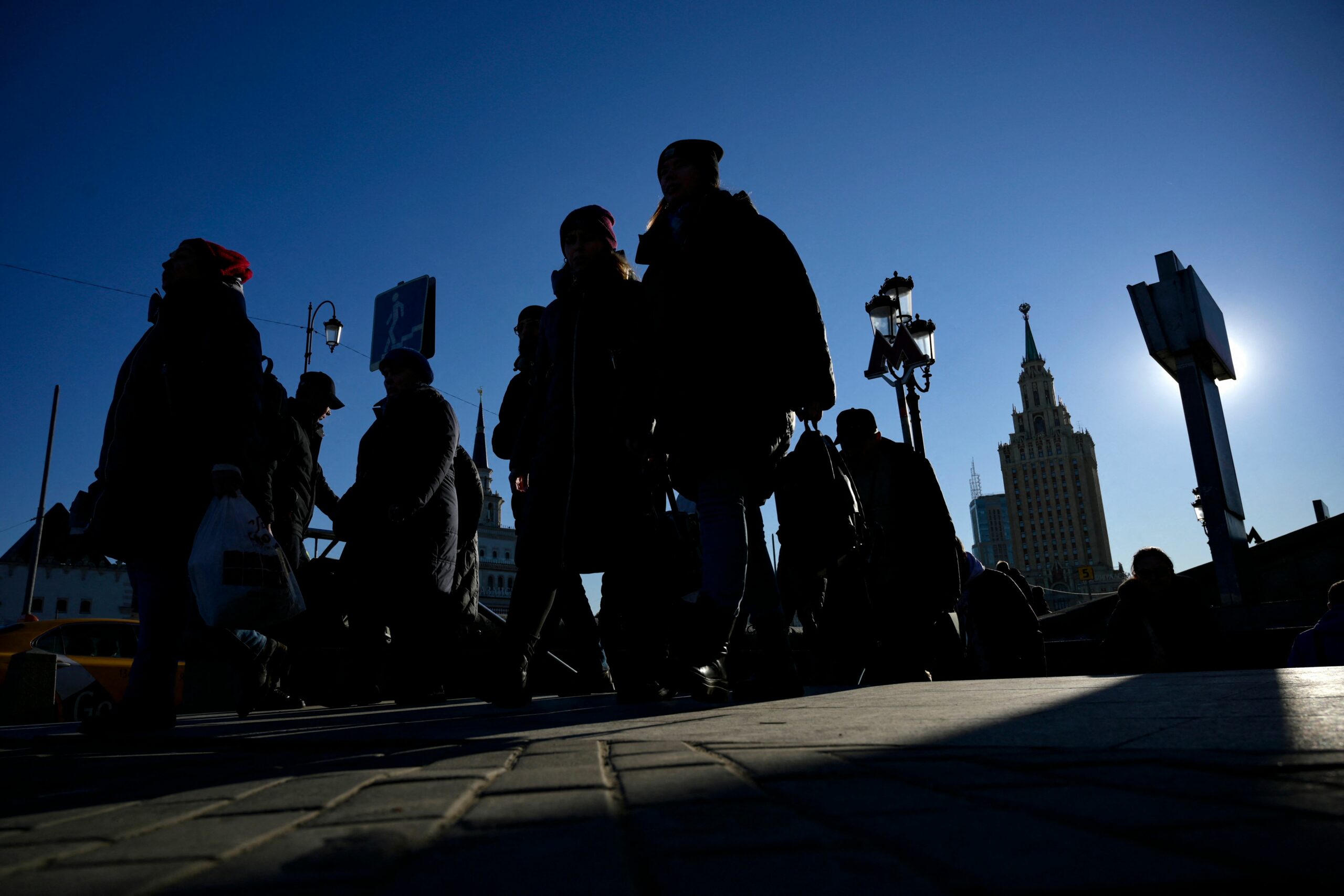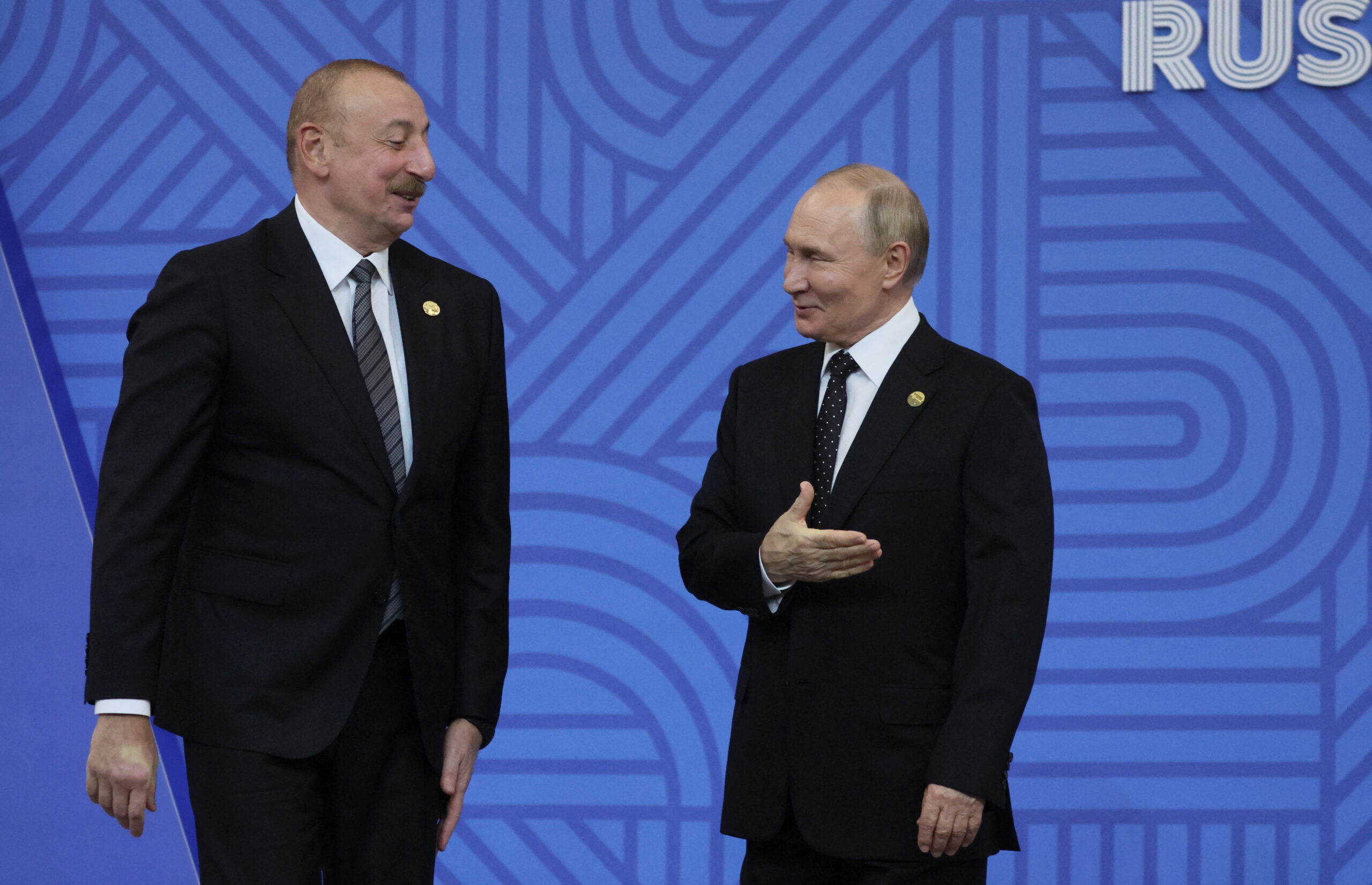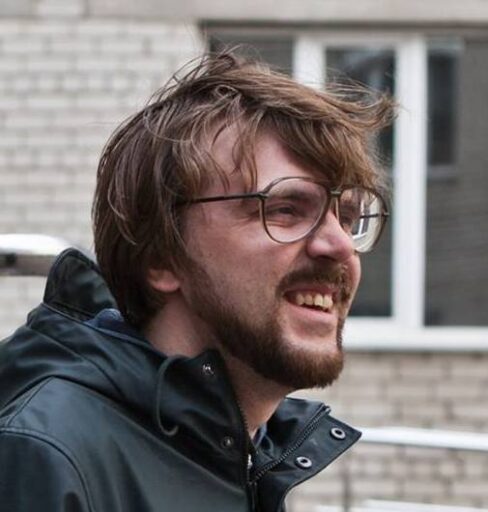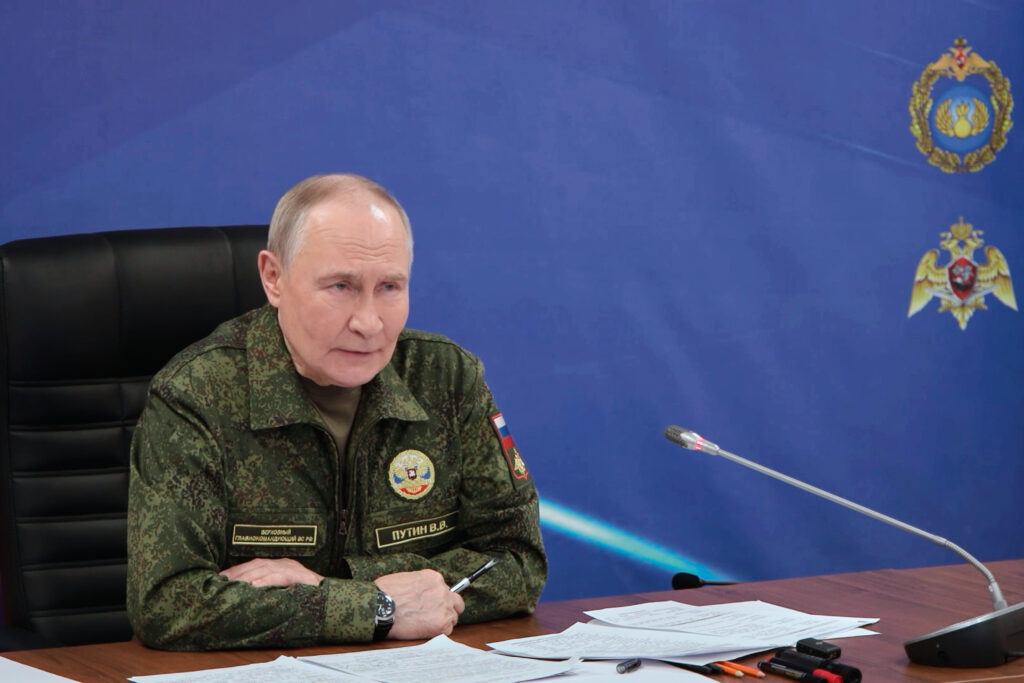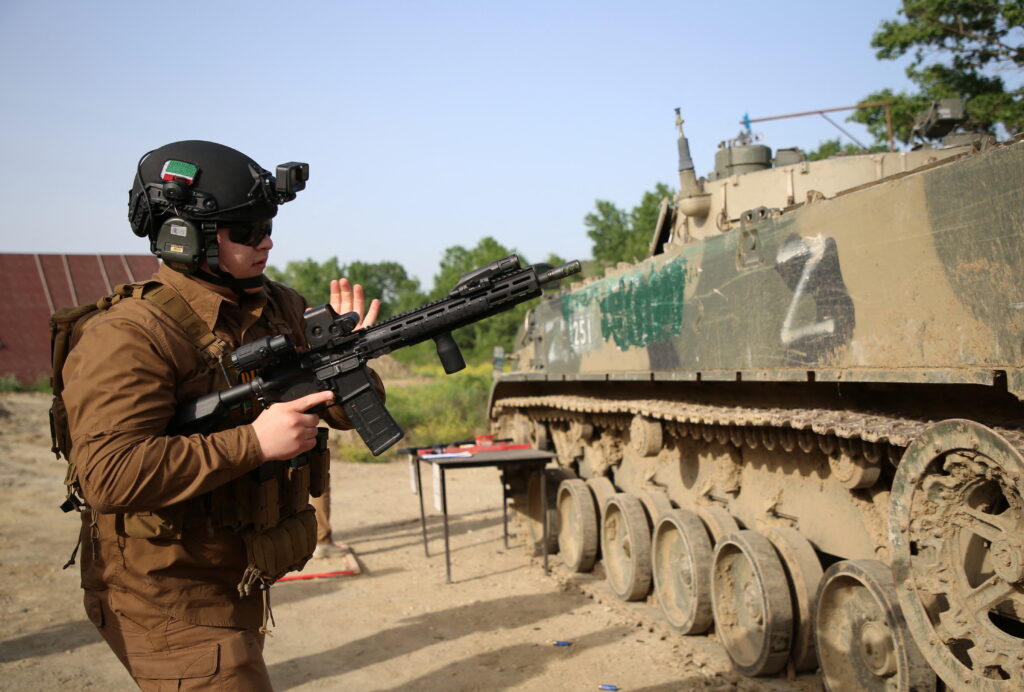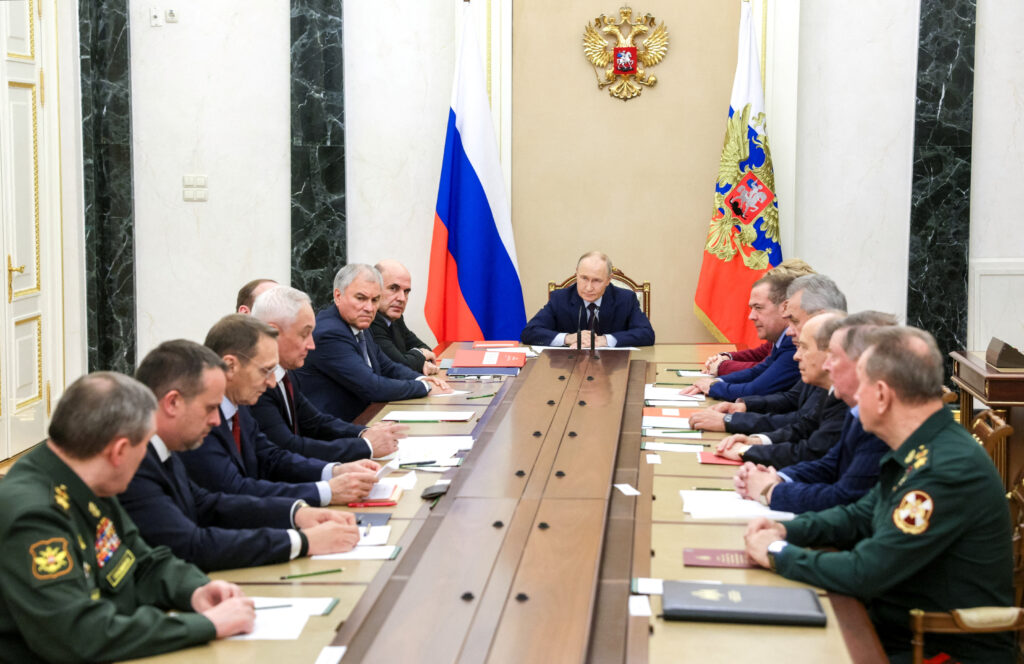Starting from 20 September 2022, Russian society finally lost its peace of mind. After the launch of the mobilisation, anxiety became the dominant emotion, as reflected in regular polls conducted by the Public Opinion Foundation (FOM), an organisation collaborating with the Kremlin. When the mobilisation was first announced, anxiety soared to 70%. Such peak levels of anxiety had not been recorded even at the height of the COVID pandemic. The proportion of ‘calm’ Russians slightly exceeded the share of anxious ones only in early March 2023 (a ratio of 48% to 46%). However, anxiety among Russians should not be attributed to the war only: at the start of the Russian invasion of Ukraine, 55% of respondents surveyed by FOM reported an anxious mood. Nevertheless, from early May onwards, calm sentiment began to prevail again, with the proportion of ‘calm’ respondents reaching 62% in July. Immediately before the mobilisation, the level of calmness was 57%, with anxiety reaching 35%. Therefore, mobilisation directly impacted anxiety levels. While ‘armchair troops’ and TV viewers may support the war, neither them nor their families are eager to get personally involved in it. Mobilisation triggered negative feelings and anxiety: a significant proportion of war supporters prefer to ‘cheer for Russia’ only from the sidelines.
The Kremlin’s political bloc responsible for monitoring public sentiment tried to dampen this anxiety with positive news featuring Vladimir Putin. It is hard to say whether it succeeded or not, but the cessation of the mass mobilisation certainly calmed citizens down. In mid-November and mid-December, for example, levels of anxiety dropped to 47−49%, but were still higher than the proportion of calm respondents. However, negative emotions surged again to 57−59% after a while. What was happening during that time? Towards the end of November, the media (the ones that support the government) began to announce that Vladimir Putin would address the Federal Assembly by the end of the year, announcing ‘mobilisation of the entire country’ and the mobilisation of men, who would go to war. The Kremlin denied these reports and the anxiety curve slid down again. In December, mobilisation was again discussed at the behest of the General Staff of the Ukrainian Armed Forces and, as a result, anxiety in Russian society was on the rise again. If we look at the curve reflecting the sentiment prevailing among Russian citizens, as reported by FOM, it resembles a toothed saw: with constant pikes in anxiety levels, which reflect rumours of new waves of mobilisation or further escalation of the conflict. The latest rise in anxiety coincided with the anticipation of Vladimir Putin’s address to the Federal Assembly. He was expected to make important statements, for instance about a changed status of the ‘special operation’, martial law and a new wave of mobilisation. In fact, the Kremlin itself fuelled those rumours. Presidential press secretary Dmitry Peskov said that the text of the presidential address would be ‘carefully studied’ around the world. The TV announced a ‘momentous’ event. Putin’s meetings with the leaders of Duma factions, allegedly devoted to consultations before major decisions, were supposed to spark interest in the address. Moreover, the presidential administration promised to hold a rally-cum-concert in the Luzhniki stadium afterwards, while the Duma and the Federation Council added extraordinary sessions to their agendas. These announcements were meant to cheer Russian citizens up, generate interest in the presidential address and boost the ratings of the Russian authorities, ready to act, with something important in the pipeline.
However, in anticipation of the address, citizens became anxious again. News from the Kremlin did not reassure them but, on the contrary, made them worried, expecting the worst. These sentiments are well reflected in a meme where a Kazakhstan border guard asks a young Russian about the purpose of his visit, and the man replies that he wants to come to Kazakhstan to hear the presidential address. Indeed, Russian society sensed a new threat from Putin’s forthcoming speech. However, when the expectations did not materialise, anxiety began to subside again.
The mobilisation, which the Kremlin kept denying until the last moment, taught citizens to be sceptical about announcements and news from the Russian authorities. By default, citizens expect bad things from officials and politicians, such as a new wave of mobilisation and a tightening of the war regime. This negative perception is evidenced by the emotions that accompany Russians in their daily lives, notably anxiety. The presidential administration keeps rocking this boat, adding subsequent ‘teeth’ to the saw-like anxiety curve. As part of their tasks, officials must stir up interest in presidential events since Vladimir Putin loves attention from the people and clearly does not want to give it up. At the same time, he publicly declares that 99.9% of citizens are «ready to lay everything down for their motherland.» The President either believes what he says or disregards public opinion so much that he is willing to present propagandist concoctions as genuine public sentiment. Therefore, subsequent events involving the head of state will be preceded by loud announcements and efforts to generate expectations: in fact, the ‘saw of anxiety’ does not make Putin alarmed at all.
Those members of the Russian elites who are part of the ‘war party’ also tend to spread disquieting news. One example was the news surrounding the crossing of the Russian border by members of the so-called ‘Russian Volunteer Corps’ within the Ukrainian Armed Forces. Pro-war Telegram channels were flooded with news about an extraordinary meeting of the Security Council at which Vladimir Putin would announce new decisions: the introduction of martial law, and of course, mobilisation. The news about the allegedly imminent Security Council meeting came from the former United Russia MP and general Andrey Gurulyov, and these rumours leaked to the independent media as well. Dmitry Peskov denied them. Nothing happened at the regular Security Council meeting, either. However, the information jolt coming from supporters of the escalation certainly had an impact on the ‘saw of anxiety’ and will continue to do so.
As a result, the Kremlin has fallen into a kind of trap. By announcing mobilisation, Vladimir Putin taught citizens to expect mostly bad news from the Kremlin. For a long time, the presidential administration emphasised the importance and significance of events featuring Vladimir Putin, even if they were less significant and important in the end. The administration continues to act in the same spirit: for instance, Dmitry Peskov promised that the President’s speech at the Valdai Club Forum would be one of Putin’s top 10 speeches in terms of importance. However, the actual monologue turned out to be quite unremarkable.
In order to bring the level of anxiety and calm to a plateau, it is enough for the Russian leaders not to heat up public expectations before Putin’s public appearances. In fact, short-term successes, like the downturn in March, do happen as well. However, mobilisation is storming back into the agenda now, with the military committees announcing data reconciliation and distribution of conscription notices, ostensibly for volunteers. The ‘teeth of anxiety’ are likely to pop up again, and the President’s subordinates will once more fuel this trend by heating up rumours before Putin’s next appearance before the nation. The ‘saw of anxiety’ clearly reflects the unstable sentiments in the country and the Russian society’s attitude towards the authorities. Firstly, the fluctuations that coincide with the anticipated announcements from the Kremlin indicate that citizens do not expect to hear good news from the country’s leaders. Rather, they anticipate initiatives that would change life for the worse (mostly in connection with the mobilisation). The President is not perceived as a source of positivity. As soon as Putin and his subordinates stop generating announcements of ‘momentous events’, anxiety levels subside. Secondly, the ‘saw of anxiety’ with its frequent peaks indicates that Russians have no steady confidence in the future and do not view it positively. Rather, it is a pessimistic society which experiences emotional upswings, and not the monolith that Vladimir Putin and the Kremlin want everyone to see.
